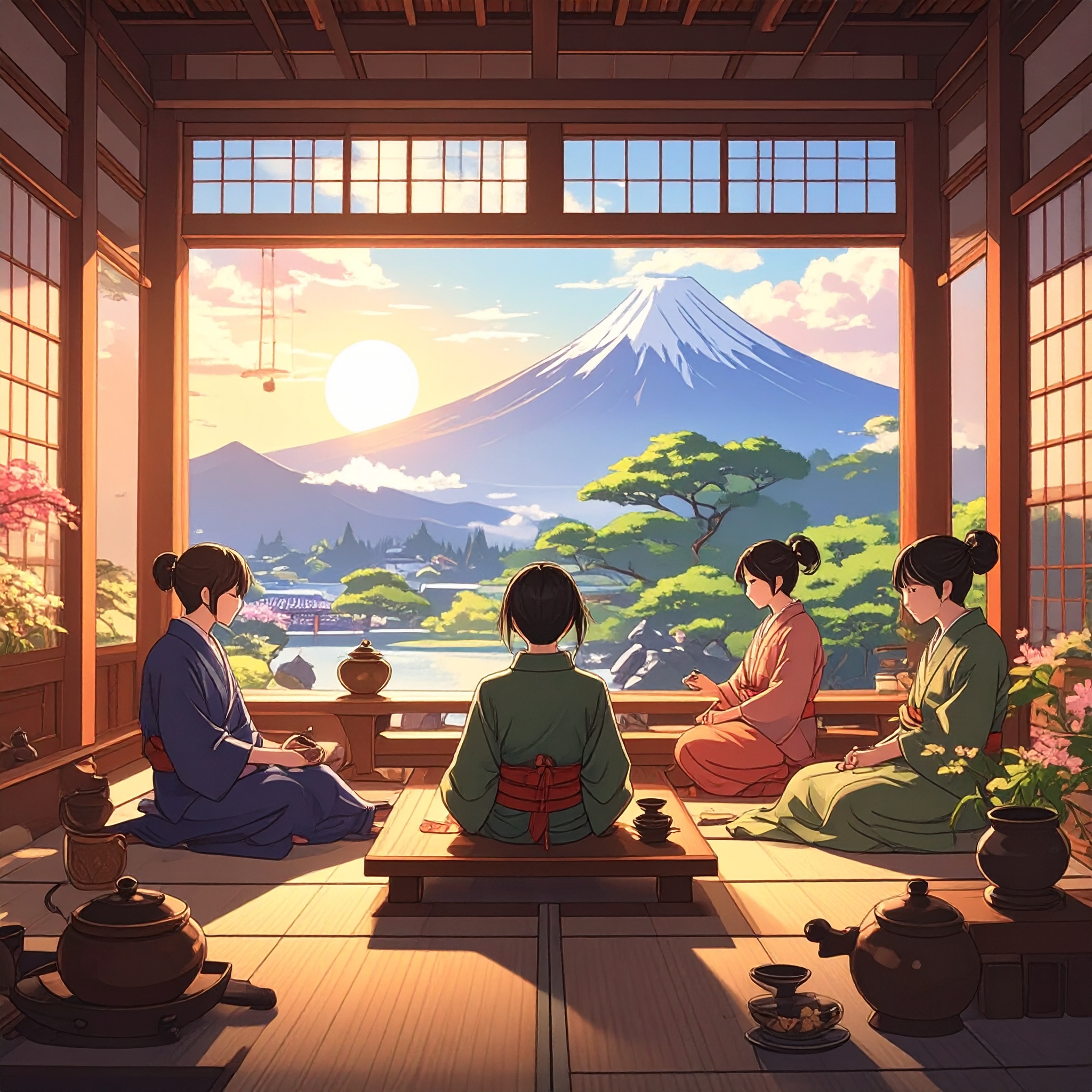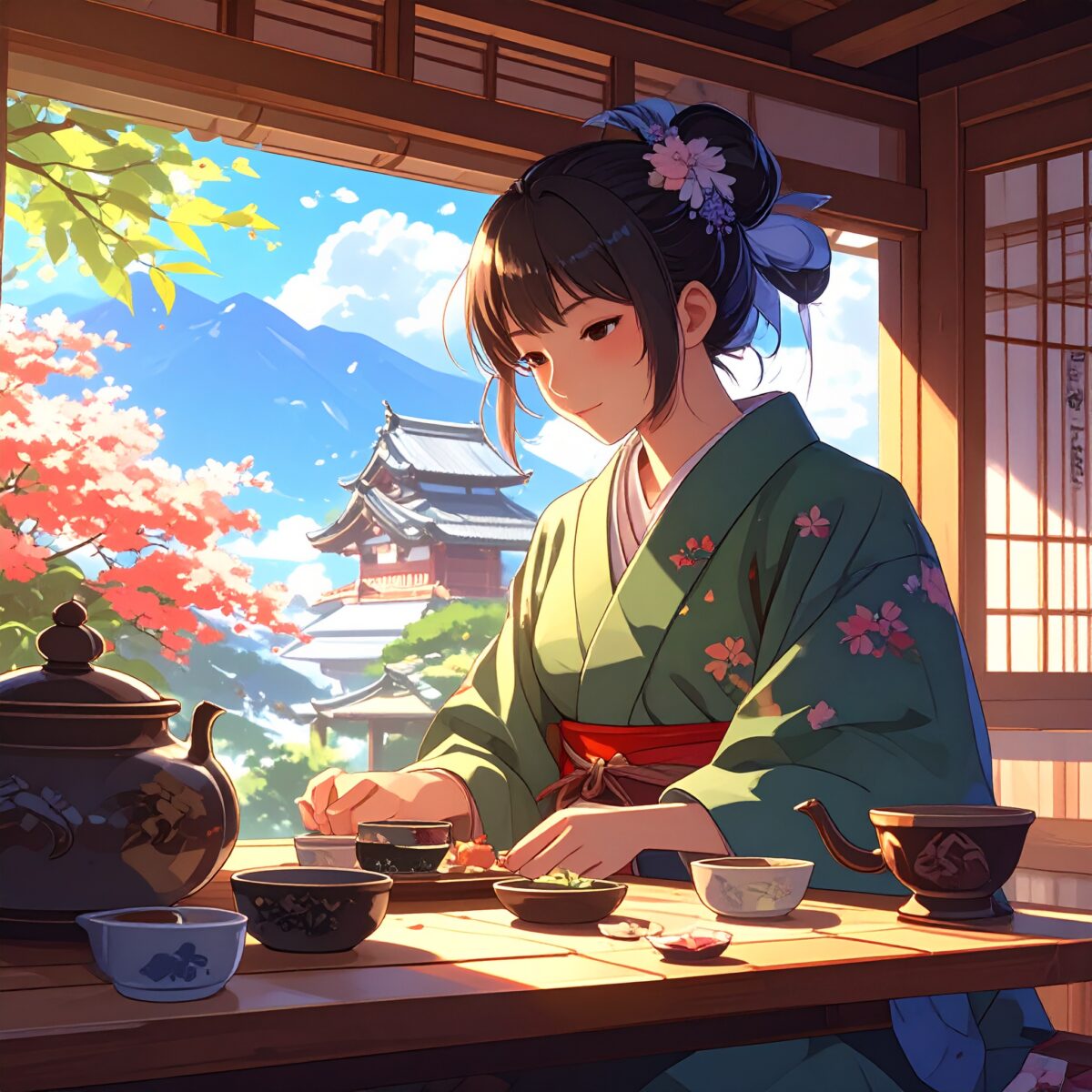For travelers seeking quiet and meaningful experiences in Japan, the tea ceremony offers a uniquely profound encounter. More than just preparing and drinking tea, the Way of Tea is a refined art form in which every gesture carries purpose, guided by mindfulness and respect. Through participating in a tea ceremony, one is gently drawn into the core of Japanese aesthetics and spiritual sensitivity.
Upon entering the tea room, one is immediately struck by the serene atmosphere. In a space free from unnecessary noise, each step across the tatami mat becomes intentional. Seated in seiza (formal kneeling), participants face the tea utensils with calm deliberation. In tea ceremony, every slow, deliberate movement is an expression of thoughtfulness toward others and a way to bring one’s own spirit into harmony. This break from everyday haste allows time to slow, creating a quiet focus that soothes the soul.
Experience programs typically begin with an introduction to the history and rituals of tea ceremony, followed by hands-on practice using a chasen (bamboo whisk) to prepare matcha. Even the act of turning the tea bowl has meaning, and each tool has its own etiquette. As participants learn each step, the process becomes a reflective journey—like a conversation with one’s inner self.
The grace of movement is one of tea ceremony’s most distinctive features. The act of folding a fukusa (silk cloth), or the way the tea bowl is cleaned, reveals a quiet beauty in their precision and flow. Participants gradually come to sense the intention behind each gesture—not merely copying form, but absorbing its underlying spirit. While some motions may feel unfamiliar at first, instructors guide each person with care, ensuring that even first-time visitors can participate with ease and comfort.

For many international visitors, the tea ceremony offers a rare opportunity to truly experience stillness. Moving without making sound, showing quiet respect to others, and being present in a space where every detail carries meaning—all of these elements naturally communicate Japanese values and sensibilities. Even without words, the atmosphere itself becomes a profound teacher. This is one of the unique and powerful appeals of the tea ceremony.
Family participation is growing, and for children, it becomes a rare chance to enjoy and learn what it means to be calm and focused. The gentle flow of movements in the tea room helps cultivate a sense of etiquette, attention, and empathy. The joy of quietly observing and moving one’s hands with care—combined with the satisfaction of completing each task—is an experience hard to find in the fast pace of modern life.
Tea ceremony experiences are often held in quintessentially Japanese settings, such as old wooden homes, temples, or tea rooms nestled in traditional gardens. The décor, the hanging scrolls, the seasonal flower arrangements—everything in the space is intentionally chosen, creating a learning environment through sight, sound, and ambiance.
Participating in a tea ceremony does not require special knowledge or skills. It opens a door to the spiritual heart of Japanese culture—through movement, mindfulness, and genuine thoughtfulness. Encountering such an experience during your travels creates a quietly powerful memory. In that single cup of tea, you may begin to perceive Japan not just as a place, but as a deeply layered culture to feel and reflect upon.




